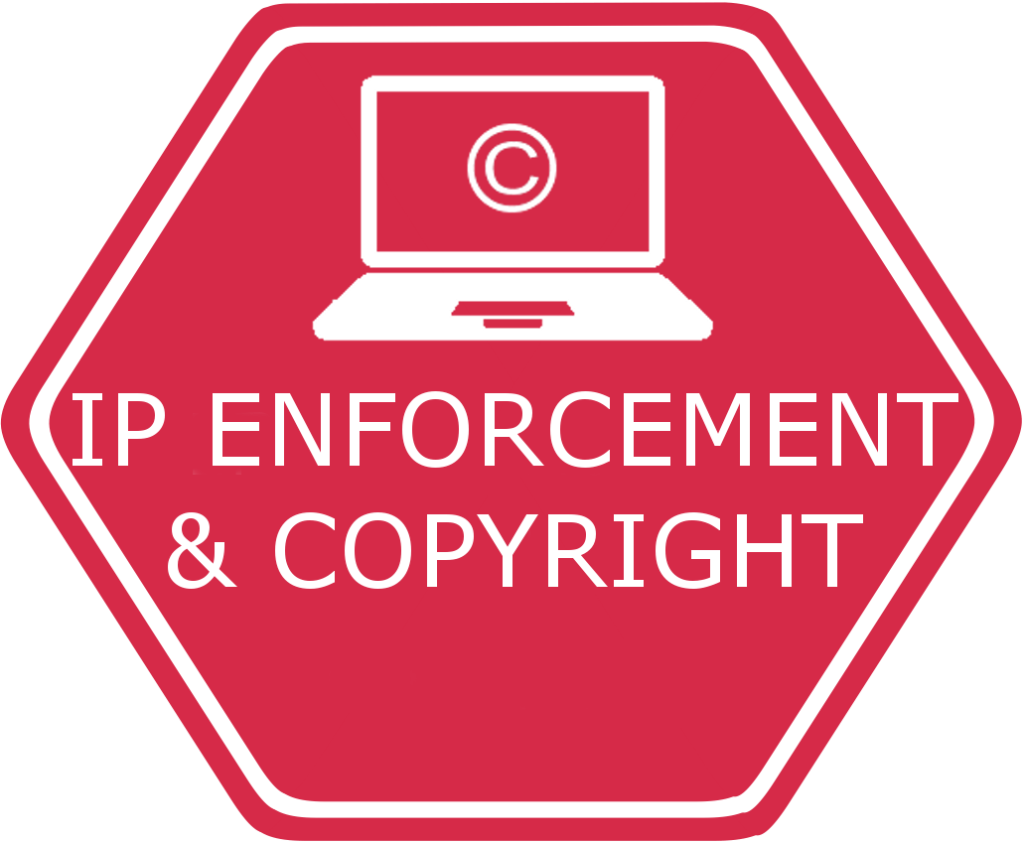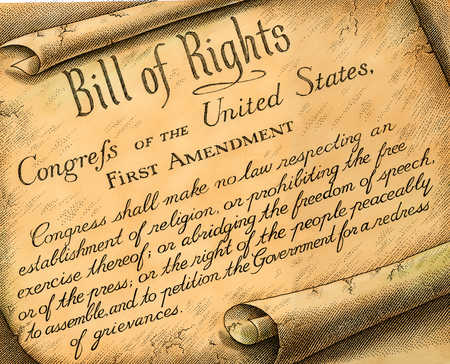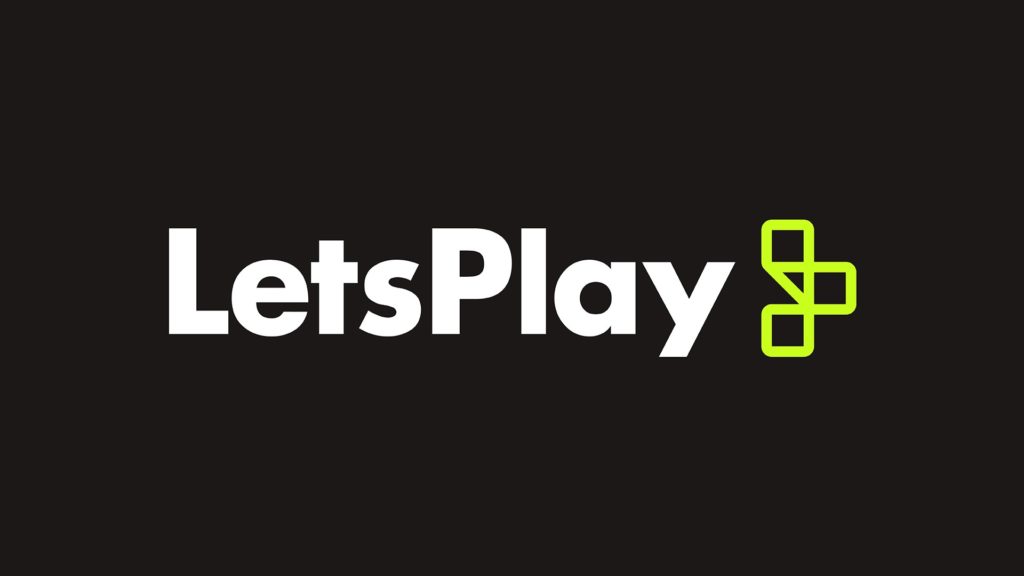
It’s a fact: game developers create intellectual property. This is terrifying to a lot of developers because IP isn’t really there—the stories, characters, artwork, music and ideas you put into your game aren’t physical objects. You can’t put them under lock and key. So what exactly are you protecting? And how do you keep it safe? This article will explain the intangible elements you want to (and can) protect during the course of development and in the marketplace.
What’s Protected?
Let’s begin with a story: Matt the Mythical Developer is the principal and founder of Street Craft Studios, LLC, a small independent studio with eight employees. Street Craft has spent the past three years developing a game called Eden Katana. This is their pride and joy, a simple but polished third-person combat-based 2D side-scroller for Xbox Live Arcade that demonstrates, nay, epitomizes the true mystery and intrigue of the Ninja Spirit.
The protagonist is a young girl named Eden who decides to pursue the Ninja Path after her parents are killed by an evil feudal lord. This game has everything—amazing artwork, excellent character design and animation, a rich story and script, fairly standard but perfectly executed combat mechanics, and original music. It’s a fun game with a lot of action and depth and Matt is very proud of his company and his team.
So what’s protected? Once the game is released, the name will be protected under common law trademark. This means that anyone who uses the name in a similar product may be subject to trademark liability. The company name, Street Craft Studios, is also protectable under common law trademark.
The individual elements including, but not limited to, the story, the music, the character design and animation, the artwork (including environment, weapons, etc.), and the distinct characters themselves (the non-stock characters at least) are all protected under copyright.
The game’s source and binary code are also protected. If there are some non-obvious, totally unique aspects to the game’s mechanics those may be patentable—if not, they may be protected as a trade secret during the course of development (although not after release, since they’ll obviously no longer be “secret”).
What isn’t protected? Well, standard software functions aren’t protected. Standard game mechanics (such as the typical but highly polished combat mechanics in Ninja Eden) aren’t protected under copyright (though they are arguably patentable). Generic story elements and stock characters may constitute “scenes that must be done” for the genre (also known as scenes a faire) and are not protected under copyright. Generic names are similarly not protected under trademark.
So how do Matt and his team protect all this stuff during the course of development and after release?
Pre-Release: Getting it in Writing
Employees may pose a threat to Matt and the Eden Katana Project. No one likes to consider this possibility at the outset, but it’s the unfortunate truth. Teams may not stick together to the very end. New talent may come along, old talent may decide to leave, or bad blood and pride might get in the way of completing a project.
Getting this in writing, particularly in NDAs and employment agreements, is vital for the protection of concepts, storyboards, and unique but otherwise unprotected ideas during the development process. The more clearly your contracts set out your intellectual property rights and your remedies in the event of infringement or breach, the more likely people will comply.
This is particularly true with regard to proprietary technology, trade secrets, and ideas you want to keep confidential. Trade secrets have economic value because they’re secret. If you have an idea you don’t want anyone outside of your company to know, you need to make sure your employees know to keep that information quiet.
Identifying Protected Information. The first step in protecting your IP prior to release is identifying what you consider protected under the shield of the contract. In the case of employment agreements and NDAs you need to be as specific as possible with regard to trade secrets and proprietary technology.
This means spelling out what is deemed “confidential”—this may include treatments, storyboards, concept art, and mechanics. You will also need to take protection measures such as identifying documents as “confidential”, encrypting e-mails, maintaining a secure intranet and password protecting everything.
Identifying Permissible Use of Protected Information. Obviously employees need to use some protected information to perform their job. Similarly, if you’re negotiating with a publisher, they may need to share that information with other departments or employees. For employee contracts, explain how and when employees may access or use information. In the case of non-disclosures and confidentiality agreements, explain who information may be disclosed to or when confidentiality may be waived (for instance, the publisher may require permission to disclose to a department of a parent or subsidiary company).
Identifying Impermissible Use of Protected Information. Fortunately, this is pretty straightforward. Unless the information is somehow already public knowledge, no one may disclose the information to anyone not listed in the “permissible people” list noted above.
Identify Remedies and Damages. This is where you let the people you’re contracting with know what they risk if they infringe or impermissibly use your trade secrets. You can include all available equitable remedies (remedies not grounded in monetary damages), including injunctions and restraining orders, as well as statutory and actual damages or profits resulting from misappropriation of trade secrets.
At Release: Getting it in Writing
Another piracy threat to Matt and his company is the people who purchase the game. It’s not a pleasant thought, but it’s true. If the purchaser doesn’t know what’s protected, they won’t know when they’re infringing.
Street Craft can use a EULA to protect Eden Katana from those who may inadvertently do something inappropriate with the Eden Katana IP.
Identifying your IP. As with trade secrets, you need to tell people what you want to protect. With regard to EULAs, you need to identify all protected components of your game, including content you’ve licensed from third parties. One robust example of how this can be done* is demonstrated in the World of Warcraft EULA, which identifies IP in two places: it sets out the game, patches, and manuals in the introduction, and expounds on those basics in the “Ownership” section further down.
Permissible Use of IP. The next step in protecting your IP via EULA is clearly stating what the end user can do with your game. Explain what users can do with your software; some are obvious, like installing it to a computer system or being able to install it on every system the end user owns. Generally, this list will be short.
Impermissible Uses of IP. This is usually a longer laundry list. Once you’ve explained what people CAN do with your IP, you need to explain what they can’t do. In the case of games, computer programs, and hardware, one major issue of contention is reverse engineering. Under the Copyright Act, reverse engineering is generally (but be careful, because this is a devilishly tricky area of the law) permissible if it is done exclusively for the purpose of interoperability.
However, you may not want your game or software to function on private servers or other gaming devices that you plan on porting to down the road. This is something that may arguably (although this is by no means settled law) be limited by the EULA. Most major content owners seem to think so. If it’s something you deem necessary to protect your future interests, you should consider including it.
DRM. If you’re using DRM technology, you need to let people know that you’re using it. You also need to explain that the disruption or removal of that DRM will expose them to additional Copyright Act liability if they choose to crack it.
Registration: A Case Involving Early Birds and Worms (you know the story)
The single most important aspect of copyright and trademark protection, from both a financial and a leverage standpoint, is registration. You should register your game with the copyright office as soon as you’re ready to publish. Copyright registration is cheap – only $35 if you do it online. However, leaving it too late can have a negative effect on your ability to collect damages in the event of infringement.
Content creators who register early are entitled to statutory damages. The minimum statutory award per copyrighted work is $750. For willful infringement, this goes up to $130,000 per registered work. This is a helpful number range to keep in mind when negotiating a settlement, discussed below. Similarly, you’re only entitled to monetary damages under the Trademark Act if you’ve registered your mark and each copy of your work contains notice of registration (most notably the ® symbol).
Cracking Skulls
Let’s get back to Matt the Mythical Developer, where Eden Katana experiences a successful launch. In fact sales are above and beyond anyone’s expectations. The development process wasn’t all sunshine and rainbows: about a year prior to launch there were some misunderstandings, a few bruised egos, and a few employees were replaced.
The game does well for a few months until a near-identical clone is released as open source. Most of the original code is used, as is the music and artwork. All of Street Craft’s money went into this project, and now sales have plummeted—the company’s finances are hemorrhaging. What can this small, now broke company do to mitigate this sudden and devastating injury?
There is always a possibility that current or former employees/licensees/contractors will breach your contractual provisions, or your game will be cracked and pirated, or you’ll find an inferior clone that passes itself off as the original. You will be angry and you will want to do everything you can to stop this from happening.
First, calm down. Immediately calling a lawyer and filing a complaint or otherwise throwing a fit is expensive and probably bad for your health and peace of mind. Next, evaluate the validity of your claim. Do you think you have a claim? Is it really infringement? Would you know if it weren’t?
For example, if the product is similar or identical to your own but released prior to or very shortly after your own, there’s a strong presumption of independent creation (which isn’t infringement under Copyright Law). You may want to talk to an attorney before going further. Take a deep breath and review the suggestions below, from most cost efficient to least.
In some cases you may want to skip the first option, but as you’re an independent developer, you may garner more sympathy from other small collectives, pirates, or studios who are (perhaps unwittingly) infringing on your rights.
Contact the people directly. A polite phone call or casual e-mail as a first step can go a long way in preventing future ill will or the need to lawyer up. If the infringer isn’t aware that the material is infringing or if they don’t understand the basics of IP law, they may comply with a friendly request without any further cost to you.
This isn’t always the case, but as I said above, you’re an indie. There’s camaraderie among your fellow compatriots and there’s nothing wrong with taking advantage of that good will to protect your IP.
Send a Cease & Desist. If the first approach is unrealistic or ineffective the next option is a more formal C&D. This should typically come from a lawyer, but if you’re still trying to avoid the need to lawyer up you will want to at least include the following:
· An introduction that sets out your name, your product, and where your product can be found;
· A description of the rights you hold in the work, including any music, artwork, engines or code you’ve exclusively licensed;
· A description of their work, and how it is infringing;
· A citation of the laws being infringed, including Copyright law, Copyright Circumvention laws, trademark and unfair competition;
· A list of actions that they must cease and desist;
· A request for damages, if relevant;
· A “respond to by” date;
· Your preferred contact method.
Send Takedown Notices. Send takedown notices wherever you find your infringed work. Bear in mind that the DMCA safe harbor only applies to those sites with a registered DMCA agent. If the site or service provider doesn’t have an agent you may want to instead send another C&D explaining why they are also infringers.
File a Complaint. This is certainly the point of no return. If you haven’t lawyered up yet, you must do so now. If your C&Ds have gone ignored or the infringer has sent a put back up notice in response to your take down, the only way to get that infringing material taken down again is to file a complaint and send a copy of that complaint with a second take down notice. Most websites with DMCA provisions will explain that process in their EULA. You will likely be filing your complaint in federal court and you will want to include every possible cause of action available, including all possible state claims.
At this point, the conflict could take a few turns. If this catches the infringer’s attention, you can try to achieve settlement quickly or use some of the mediation or arbitration techniques I’ve described previously It’s typically at this point that enforcement gets pricy and time consuming, but it may be a necessary step to protect your rights.
Conclusion
The idea of your hard work and ingenuity being taken from you is terrifying. Fortunately, it’s often possible for developers like Matt and Street Craft to find a happy, or at least survivable, ending. The keys to remember are to stay calm, be thorough, and think ahead. Taking a long view and getting all of your protections in place early will go a long way in offsetting later costs.
* Direct copying from any document including EULAs and other contracts without permission from the original drafter or document owner is typically considered copyright infringement. Draft your own or hire an attorney to draft it for you.





0 Comments